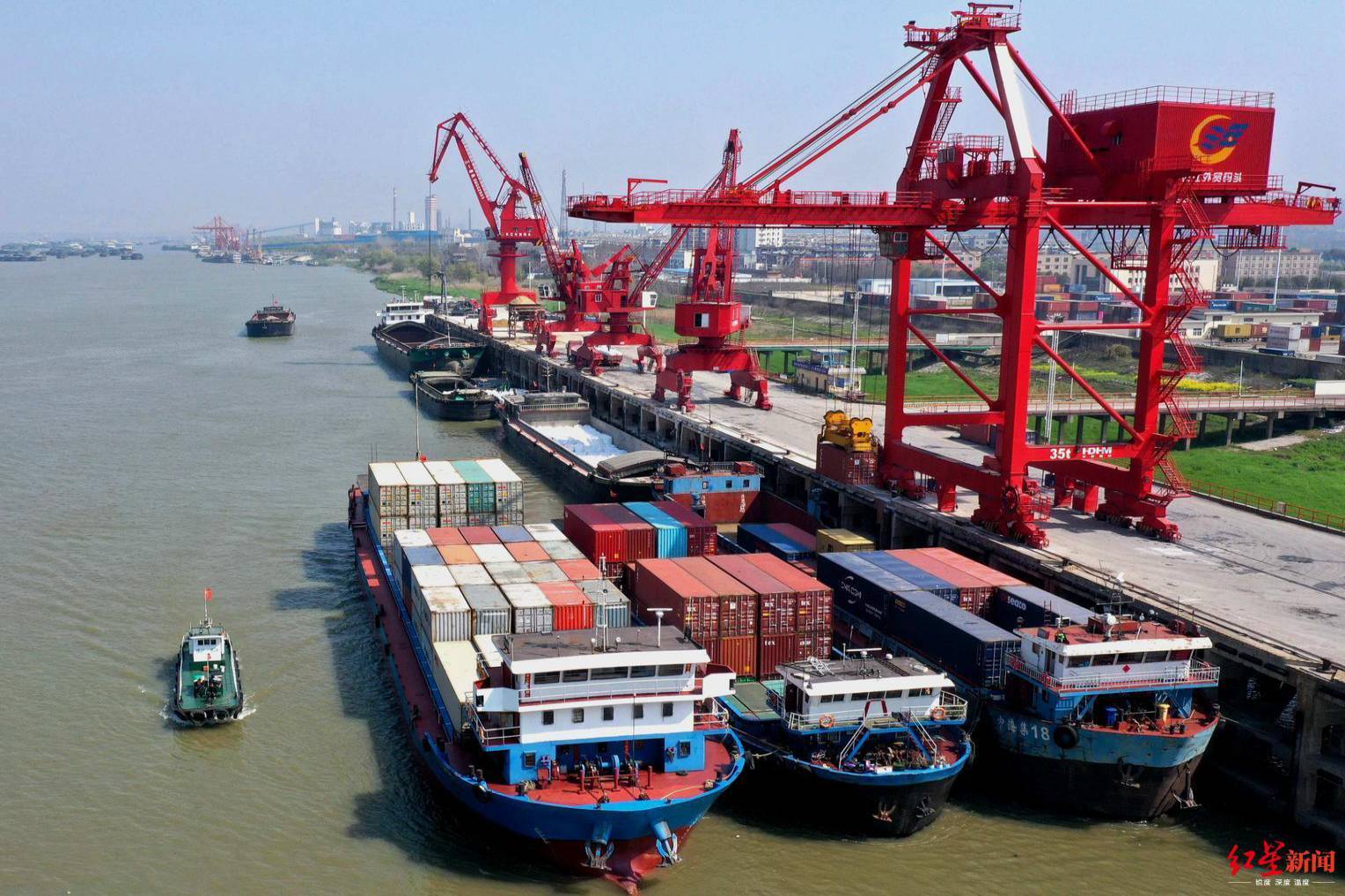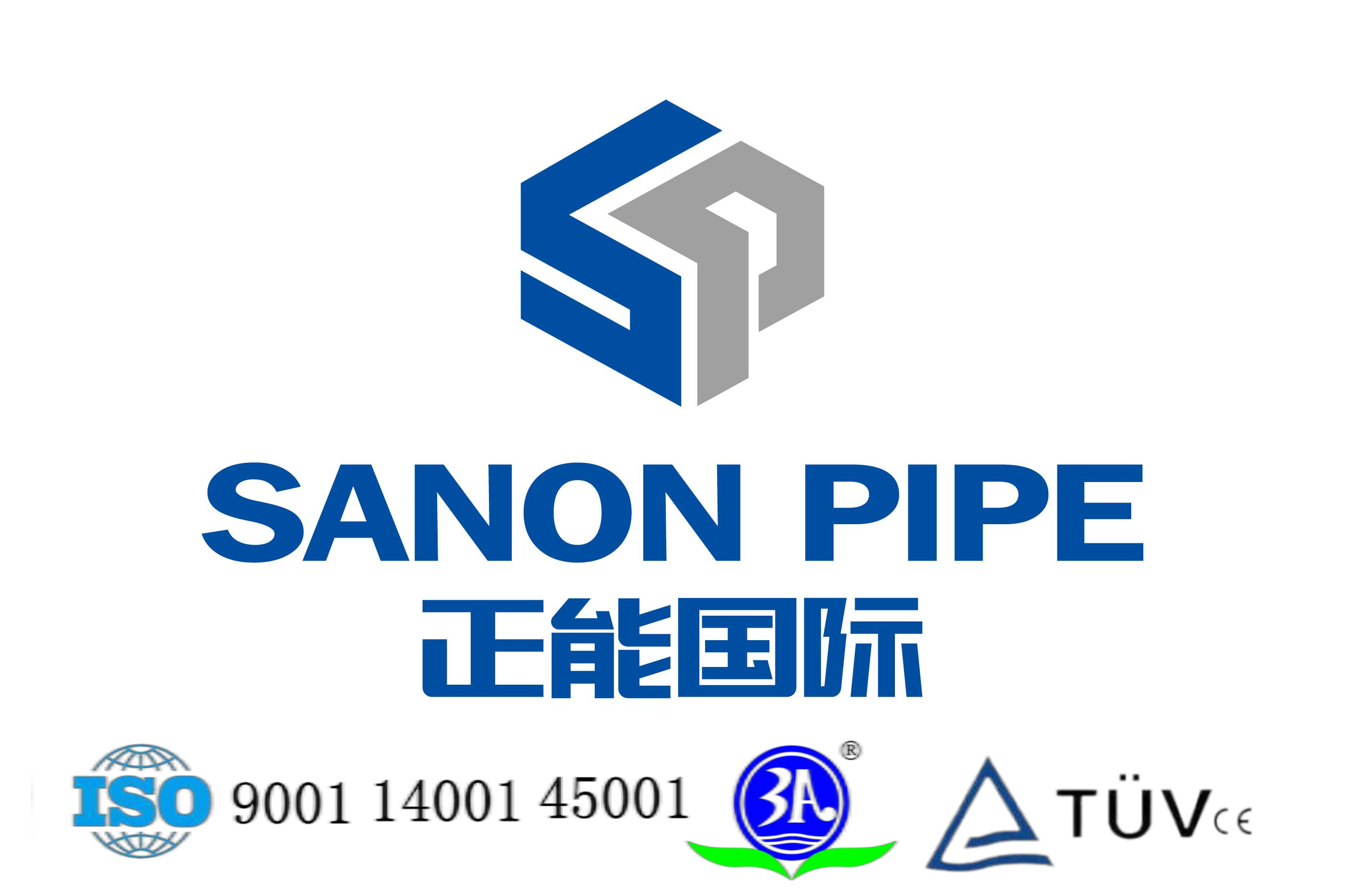We received an inquiry for welded pipe from a Brazilian customer today. The steel pipe material is API5L X60, the outer diameter ranges from 219-530mm, the length is required to be 12 meters, and the quantity is about 55 tons. After preliminary analysis, this batch of steel pipes belong to the supply range of our company.
Order analysis:
Material and specification: API5L X60 is a pipeline steel for oil and gas transmission, with good strength and toughness. Outer diameter 219-530mm, length 12 meters, belongs to the conventional specifications, our company has the production capacity.
Quantity: 55 tons, belongs to small and medium-sized batch order, our inventory and production capacity can meet.
Mode of transport: Sea. We have consulted ocean freight and learned that ocean freight is charged according to weight or volume, which means that the actual settled tonnage may differ from the actual weight, which needs to be taken into account when quoting.
Sea freight is charged according to the billed tons of goods, and the determination of the billed tons usually follows the principle of "weight or volume choice". Specifically, the charges of sea freight mainly include the following two ways:
1. Charge by Weight Ton
The actual Gross Weight of the goods is the billing standard, usually in ** Metric Ton (MT) **.
It is suitable for high-density goods (such as steel, machinery, etc.), because such goods are heavy but small in size.
2. Charge based on Measurement Ton
The billing standard is based on the volume of the goods, usually in ** cubic meters (CBM) **.
Calculation formula: Ton = length (m) × width (m) × height (m) × total number of goods.
It is suitable for light bubble goods with low density (such as cotton, furniture, etc.), because such goods are larger in volume but lighter in weight.
3. Select the maximum charge principle
The greater of the charged tons and the accumulated tons of the sea freight.
For example:
If the weight of a batch of steel pipes is 55 tons and the volume is 50 cubic meters, the charge is 55 tons.
If the weight of a shipment is 10 tons and the volume is 15 cubic meters, the charge is 15 body tons.
4. Other influencing factors
Port of destination charges: Different surcharges may apply (e.g. port congestion charges, fuel surcharges, etc.).
Mode of transportation: Full container (FCL) and LCL (LCL) charges are different.
Type of cargo: Special cargo (e.g. dangerous goods, extra long and overweight cargo) may be subject to additional charges.
Apply to this order:
The density of the steel pipe is relatively large, and it is usually charged by weight ton.
However, due to the large volume of the steel pipe, it is necessary to calculate the accumulated ton and compare it with the weight ton, and take the larger as the charging ton.
Therefore, the actual settled sea freight may differ from the actual weight of the goods.

Post time: Feb-28-2025





